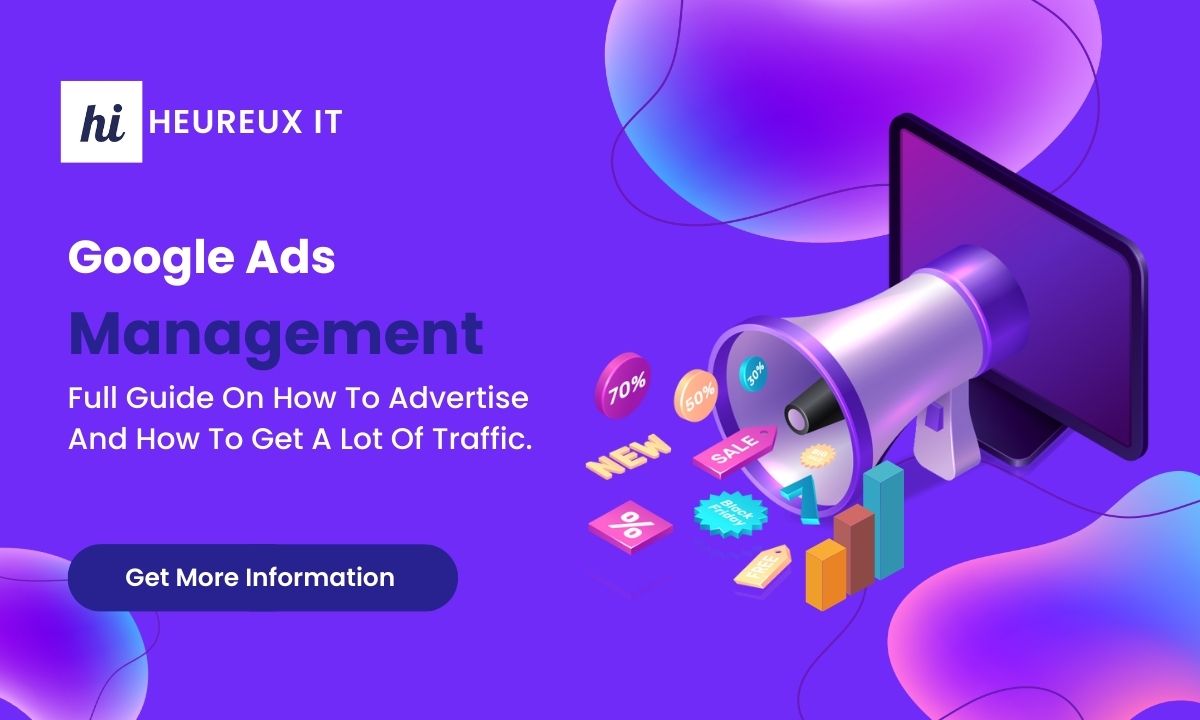April 29, 2025
If you want to improve your website rankings in 2025, following a solid On Page SEO Checklist is essential. Here’s a simple, effective, and up-to-date checklist designed according to the latest AEO (Answer Engine Optimization) standards.
Table of Contents
1. Optimize Title Tags and Meta Descriptions
3. Use Proper Heading Tags (H1, H2, H3)
4. Write High-Quality, User-Focused Content
5. Internal Linking is a Must
6. Optimize Images for SEO
7. Ensure Mobile Friendliness
8. Improve Website Loading Speed
9. Implement Schema Markup
10. Conduct Regular SEO Audits
Final Thoughts
FAQs: On Page SEO Checklist
1. Optimize Title Tags and Meta Descriptions
Your title tag and meta description are the first things users notice.
- Ensure each page has a unique, keyword-rich title tag.
- Write clear, attractive meta descriptions that encourage clicks.
Always include your primary keyword naturally.

2. Create SEO-Friendly URLs
Simple, clean URLs perform better in search engines.
- Include your main keyword in the URL.
- Avoid special characters, numbers, and unnecessary words.
Example: www.example.com/on-page-seo-checklist
3. Use Proper Heading Tags (H1, H2, H3)
Headings help structure your content and improve readability.
- Use only one H1 tag per page with the main topic.
- Divide sections logically using H2 and H3 tags.
Insert your keyword like On Page SEO naturally in headings.
- Use only one H1 tag per page with the main topic.
4. Write High-Quality, User-Focused Content
Content is still king — but now it must be user-first.
- Write at least 800+ words of valuable, well-researched content.
- Maintain a natural keyword density (about 2–3%).
- Add long-tail keywords and answer common user questions directly.

5. Internal Linking is a Must
Smart internal linking improves user experience and SEO.
- Link to other relevant pages within your website.
This keeps users engaged and lowers bounce rates.
6. Optimize Images for SEO
Images play a big role in on-page SEO.
- Name your images descriptively and use keywords.
- Add alt text that describes the image, using your keyword like On Page SEO Checklist.
- Compress image sizes to improve website loading speed.PO33
7. Ensure Mobile Friendliness
With mobile-first indexing, your site must be responsive.
- Test your website across various devices.
- Ensure it looks and performs well everywhere.
8. Improve Website Loading Speed
A fast-loading website leads to better rankings and user satisfaction.
- Use caching plugins, compress images, and avoid heavy scripts.
Regularly test your site with Google PageSpeed Insights.

9. Implement Schema Markup
Schema markup helps search engines understand your content better.
- Use it for FAQs, articles, reviews, and more.
This can improve your chances of appearing in rich snippets.
10. Conduct Regular SEO Audits
SEO isn’t a one-time task; it’s continuous.
- Update outdated content.
- Fix broken links and errors.
Use SEO tools to identify and correct technical issues.
Final Thoughts
By following a strong On Page SEO Checklist, you set a powerful foundation for boosting your website’s visibility, attracting more traffic, and achieving higher rankings in 2025.
The key is consistency, user-focused content, and technical precision. If you stay committed to these on-page SEO best practices, reaching the top of Google’s search results is within your reach!
FAQs: On Page SEO Checklist
Q1. What is an On Page SEO Checklist?
An On Page SEO Checklist is a structured guide that outlines all the essential tasks you need to perform on your website pages—like optimizing titles, URLs, content, and images—to improve search engine rankings and user experience.
Q2. Why is On Page SEO important in 2025?
In 2025, search engines are focusing more on user intent and content quality. A strong On Page SEO ensures your content is optimized for both search engines and readers, which directly helps in ranking higher on Google
Q3. How often should I update my On Page SEO strategy?
You should audit and update your On Page SEO every few months or after a major Google update. This keeps your website competitive and aligned with current ranking factors.
Q4. Does internal linking really impact SEO?
Yes, internal linking is a powerful part of the On Page SEO Checklist. It helps distribute page authority, improves site structure, and keeps users engaged longer—all of which are beneficial for SEO.







